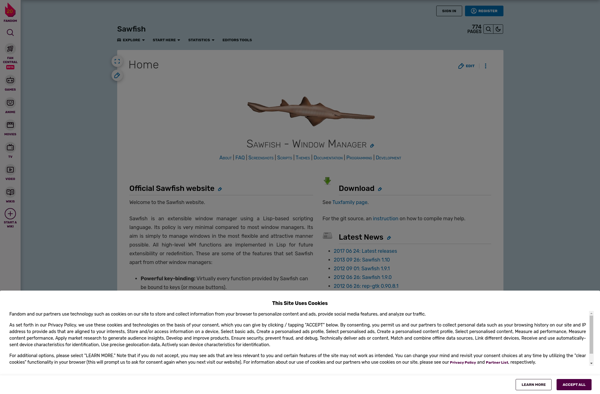Wmii
wmii: Dynamic Tiling Window Manager for Fast and Configurable X Experience
A lightweight, customizable tiling window manager for X, offering classic and stacking layouts, perfect for minimalist users seeking speed and ease of use.
What is Wmii?
wmii is a dynamic tiling window manager for the X Window System. It automatically tiles windows on the screen to optimize screen space usage. wmii supports both classic and stacking tiling layouts, allowing users to arrange windows in different patterns.
Some key features of wmii include:
- Lightweight and fast performance, using few system resources
- Extremely configurable through a 9P filesystem and shell scripts
- Customizable keyboard shortcuts for window navigation and arrangement
- Tabbed and stacked windows to manage multiple windows
- Split views to divide screen space between windows
- A tag system for grouping windows by task or project
wmii is designed to be slim, modular and customizable for advanced Linux users who want to fine-tune their environment. The default configuration uses very few keys for navigation. wmii may appeal to users of other minimalist tilers like dwm, xmonad or i3.
Since everything is configured through text files and scripts, wmii has a learning curve for setup. But for users who invest time into configuring it, wmii provides a productive and aesthetically-pleasing workspace.
Wmii Features
Features
- Dynamic tiling window manager
- Supports classic and stacking window layouts
- Aims to be fast, small and configurable
- Minimalist design
Pricing
- Open Source
Pros
Cons
Official Links
Reviews & Ratings
Login to ReviewThe Best Wmii Alternatives
Top Os & Utilities and Window Managers and other similar apps like Wmii
I3
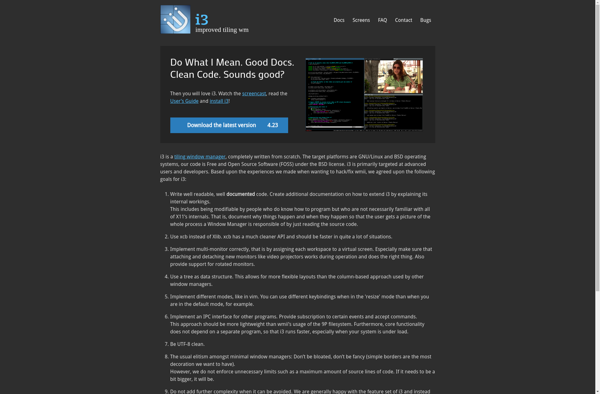
Sway
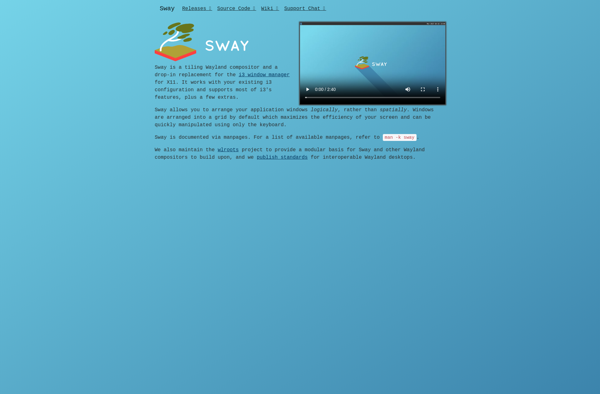
Hyprland
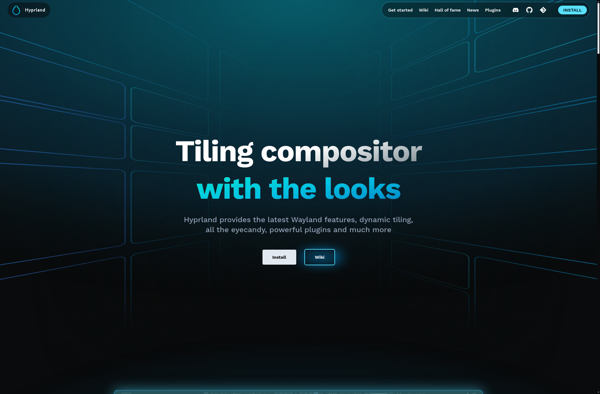
Openbox
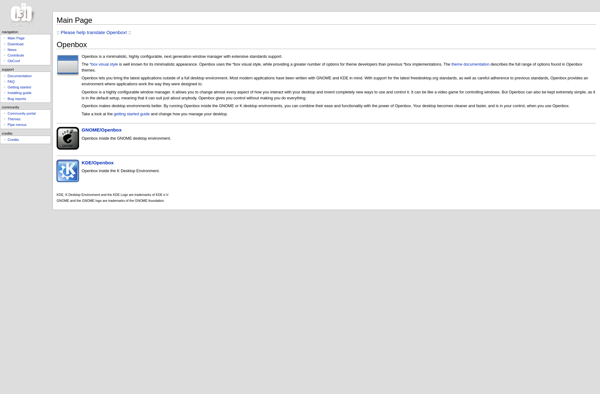
Xmonad
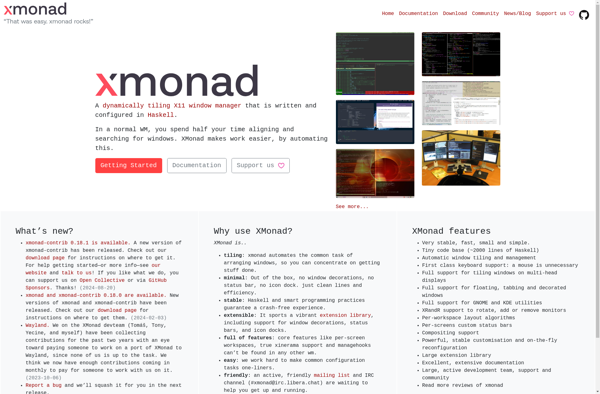
Bspwm
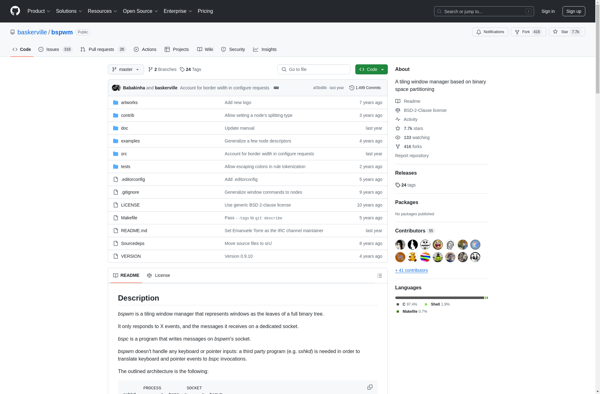
Flwm
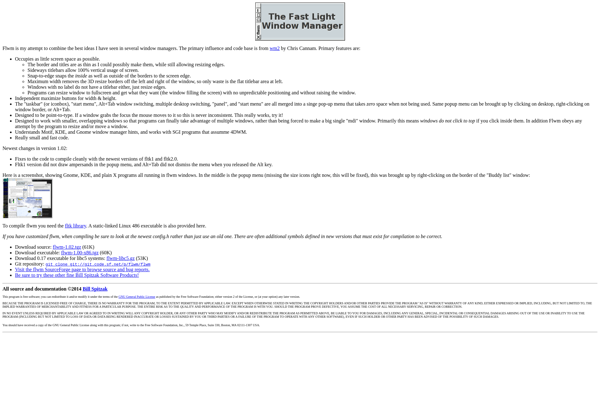
Qtile
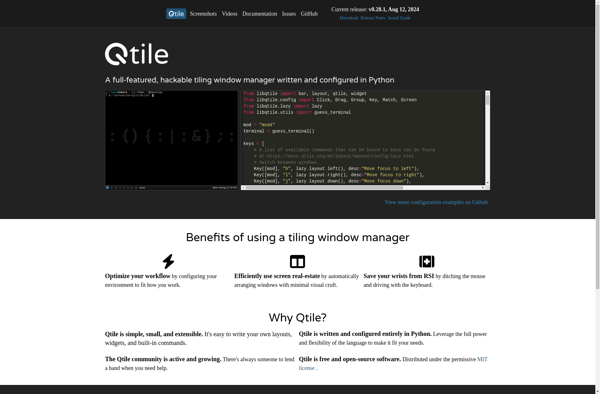
Fluxbox
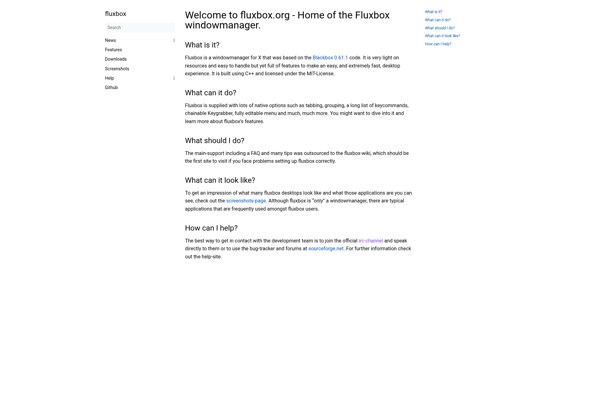
Sawfish
